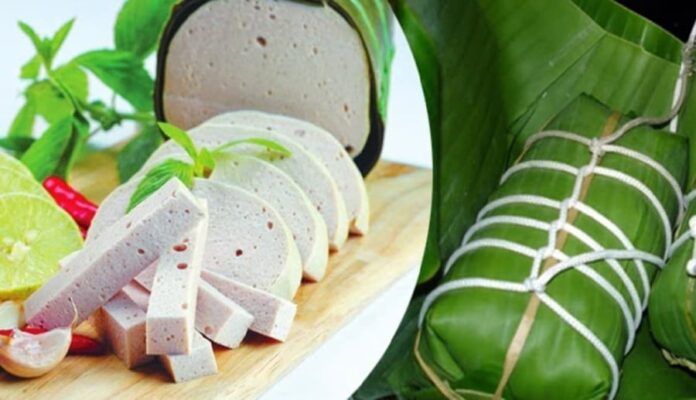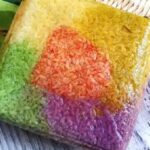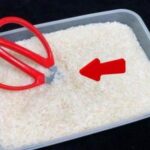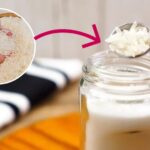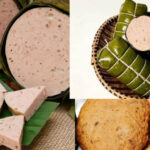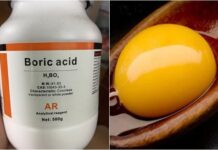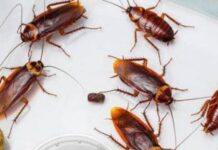Vietnamese pork sausage, or ‘gio lua’, is an indispensable delicacy during the traditional Lunar New Year celebrations in Vietnam. When purchasing gio lua for Tet, the question arises: should you opt for a smooth, hole-less variety or one with a slightly porous texture? Let’s explore what the experts have to say about choosing the best-tasting sausage.
The Great Debate: Smooth or Porous Sausage?
According to culinary experts, the ideal slice of gio lua should possess a certain level of moisture, resulting in a smooth texture with a few tiny pores on the surface. These pores are a telltale sign of air pockets formed during the sausage-making process. When boiled, these air pockets burst, creating a unique, slightly porous texture.
Moisture in the sausage is indicative of fresh, high-quality meat. It also suggests that the sausage is made purely from meat, without any fillers or chemical additives. Therefore, when shopping for gio lua, opt for sausages that are still slightly moist, soft, and adorned with those tiny pores. They will undoubtedly offer a superior taste experience compared to their completely solid and smooth counterparts.
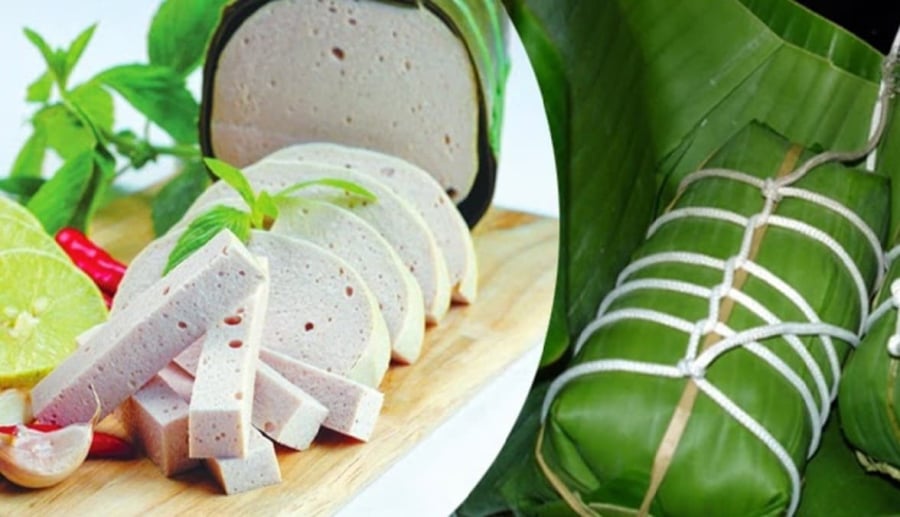
Distinguishing Between Natural and Adulterated Sausages
Hàn the, a substance sometimes used in food processing, is odorless and tasteless. It enhances the structural integrity of starch and protein, reducing brittleness and increasing the elasticity and crispness of processed foods. However, consuming foods with high levels of hàn the can be detrimental to one’s health.
Research indicates that excessive intake of hàn the can lead to acute toxicity, manifesting as nausea, diarrhea, coma, kidney failure, and even signs of meningeal irritation. To safeguard your health, it is crucial to recognize the signs of adulterated gio lua. Experts have identified four distinctive indicators to help consumers differentiate between natural and hàn the-laced sausages.
+ Observing the Sausage’s Texture and Appearance
A well-made gio lua, when cut, should exhibit a smooth and moist texture with occasional tiny pores. These pores are a desirable trait, indicating that the sausage was crafted from premium meat, ground to a sticky consistency, and carefully wrapped with air pockets. During cooking, these air pockets burst, resulting in a slightly porous surface. The interior of the sausage should display a characteristic pale ivory hue with a subtle pinkish tinge.
If the sausage appears overly crumbly, it may be an indication of added fillers or inferior-quality meat. Conversely, if the texture is exceedingly smooth and sleek, it is likely that the sausage has been adulterated with hàn the.
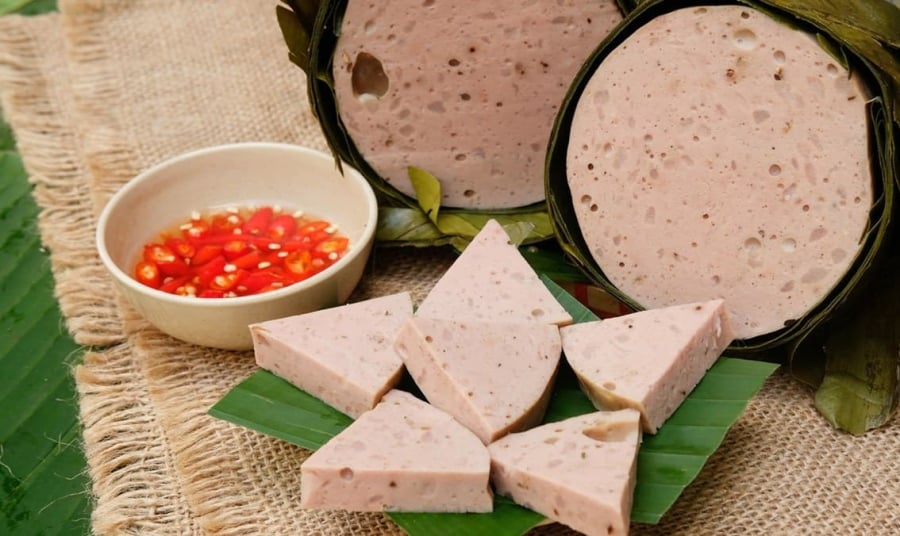
+ The Aroma Test
Authentic gio lua boasts a distinctive fragrance. After swallowing, the savory taste lingers pleasantly in the throat. However, if the aroma is overwhelmingly strong and pungent, it may be a red flag indicating the use of excessive artificial flavor enhancers.
+ Taste Test
When chewing on a slice of natural gio lua, you should experience a sweet and savory flavor, a soft texture without any dryness, and a pleasant aftertaste without a hint of bitterness.
+ The Turmeric Paper Test
A simple way to test for the presence of hàn the is to use paper soaked in fresh turmeric juice and then dried. Press the paper against the surface of the sausage. If the paper turns from yellow to red within a minute, it confirms the presence of hàn the. The alkaline nature of hàn the reacts with the turmeric, causing this distinctive color change.

























